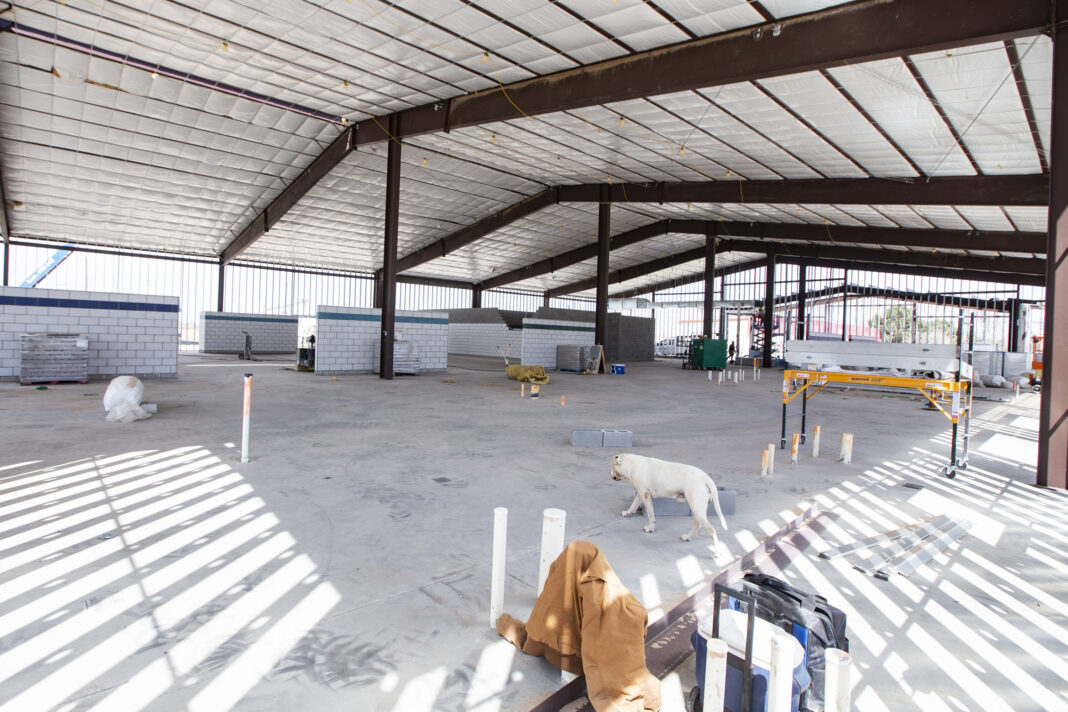Odessa’s new animal shelter is on track to be completed in November and shelter manager Kelley Hendricks said the new facility will definitely be worth the expense.
The $8.3 million facility will double the number of kennels currently available to house cats and dogs, improve the ventilation system to lessen the likelihood of diseases spreading and provide an enhanced drainage system. In addition, a crematorium is being built on site so euthanized pets will no longer end up in the landfill, Hendricks said.
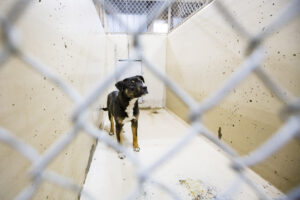
The facility, which will replace the city’s 30-year-old shelter, will be more than 20,000 square feet and is being funded with certificate of obligation bonds the council approved in 2019.
During a May 2021 city council meeting, Odessa Police Chief Michael Gerke said philosophies have changed since the original facility was built. Back then, the city housed animals for three days before euthanizing those not claimed. Now, the idea is to house animals as long as possible to give people a chance to adopt them.
Hendricks, who took over as shelter manager in January 2021, said disease outbreaks are a huge concern for those who work animal welfare and was a major consideration when designing the new facility.
“Once you get a disease in here you have to shut it down so you close the front door. If it’s distemper, it can be closed down for two, three months, because that’s how long the distemper can last. Or you euthanize your entire building,” Hendricks said. “These are porous floors, concrete is porous. I don’t care how hard you seal it, there’s a porous aspect to it and that disease is going to get in there and sit there dormant. And you can kill it, kill it. You can do whatever, but all it takes is one diseased dog and you’ve lost your building.”
Since taking over her position, Hendricks said she has instituted stricter procedures to test for distemper, parvo, giardia and feline leukemia.
In 2020, the shelter had to be closed for three months due to disease outbreaks and for two weeks in 2021.
By increasing the number of kennels from 116 to 231, Hendricks said shelter employees will be able to quarantine and isolate animals more effectively.
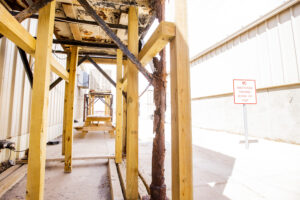
In addition, the shelter will be going from evaporate coolers to air conditioners and have a state-of-the-art ventilation system, Hendricks said. The current shelter’s swamp coolers and ventilation system helped spread diseases.
Moreover, the new shelter has channels cut into the floors so water can drain more efficiently, she said. The shelter’s staff members are constantly cleaning and hosing down the kennels, but the current drainage system consists of small drain holes that frequently clog up.
“People say ‘Well, why did y’all build such an expensive building?’ Well, I’m sorry, buildings are expensive and you have to look at a shelter as if it’s a hospital, not as a shelter,” Hendricks said.
The additional kennels will hopefully aid in decreasing the number of pets that are euthanized annually for other reasons aside from illness, Hendricks said.
According to records obtained from the city under the Texas Public Information Act, just over 6,700 cats and dogs were euthanized from 2019-2021.
Besides illnesses, the animals were euthanized due to injuries, aggression and lack of space, although since January, they’ve tried to stop euthanizing for space reasons.
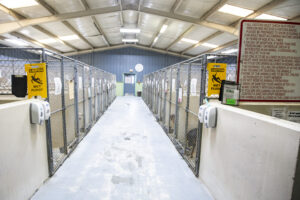
As much as possible, the shelter works with animal rescue organizations in the hopes of getting all of the animals adopted out, Hendricks said. In fact, Dog Rescue R Us transports roughly 85 animals from the Odessa shelter across the country to other shelters monthly.
Nearly 4,100 animals were released to rescue organizations from 2019-2021, city records show. Until the animals are adopted, many of them are sent to foster parents by the rescues.
The shelter itself adopted out 2,260 animals during the same time period. Another 1,800 were returned to their owners.
What people need to realize is they are responsible for the expense of operating the Odessa Animal Shelter, which also houses stray and lost animals found in unincorporated Ector County, Hendricks said.
People need to be responsible pet owners, she said. They need to spay and neuter their pets, keep them confined in their homes and yards, and get them micro chipped and vaccinated.
Animals roaming free are going to breed, get hit by cars, attacked by other animals and infected with communicable diseases and the end result is high euthanization rates, she said.
The shelter simply can’t take in every animal injured on the streets and provide medical care for them, Hendricks said. If the rescues are filled, many of them will end up being euthanized.
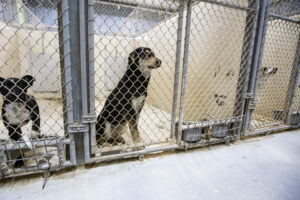
“We can’t, as a city, take on the burden that the community is responsible for. They are the ones allowing their dogs to run. Yeah, they’re the ones not micro chipping. They’re the ones not vaccinating and it’s not the city’s burden to do that. It’s theirs,” Hendricks said. “You’ll see me. I’ll keep pointing back at the community because until they get on board, we’re gonna continue this problem. We can’t stop it. It’s floodgates. I try to explain, but I don’t get one dog in the front door. They bring me nine. ‘Oh, well, we’re moving…Oh well, I don’t have time for him.’ That’s what we hear every day all day long.”
If she had a magic wand, Hendricks said she’d require all pet owners to microchip and vaccinate their animals, create a low cost spay and neuter clinic at the shelter and hire far more employees. Right now she has an adoption coordinator, two vet technicians and five temporary employees, not nearly enough to staff the new facility, she said.
She’d also love to implement a Pay it Forward spay and neuter program she recently learned about. The program would allow pet owners to donate however much they can afford to the next animal in line.
Hendricks hopes Ector County will one day implement the same ordinances as the city so everyone is on the same page. Their own shelter would be nice, too, she said.
“Because they don’t have any ordinances, they don’t have any way to monitor or control their stuff,” Hendricks said. “The people in the county dump in the city because they think they’re going to be treated better. The people in the city dump in the county because ‘I want it as far away from home as it can get’ and then you have the people that are dumping out on the oil field leases and in the company’s yard. Some of them go over the gate and over the fences, even at the risk of breaking the animal’s leg just to get them away. It’s crazy. That’s the thought process we have to change in our community.”

